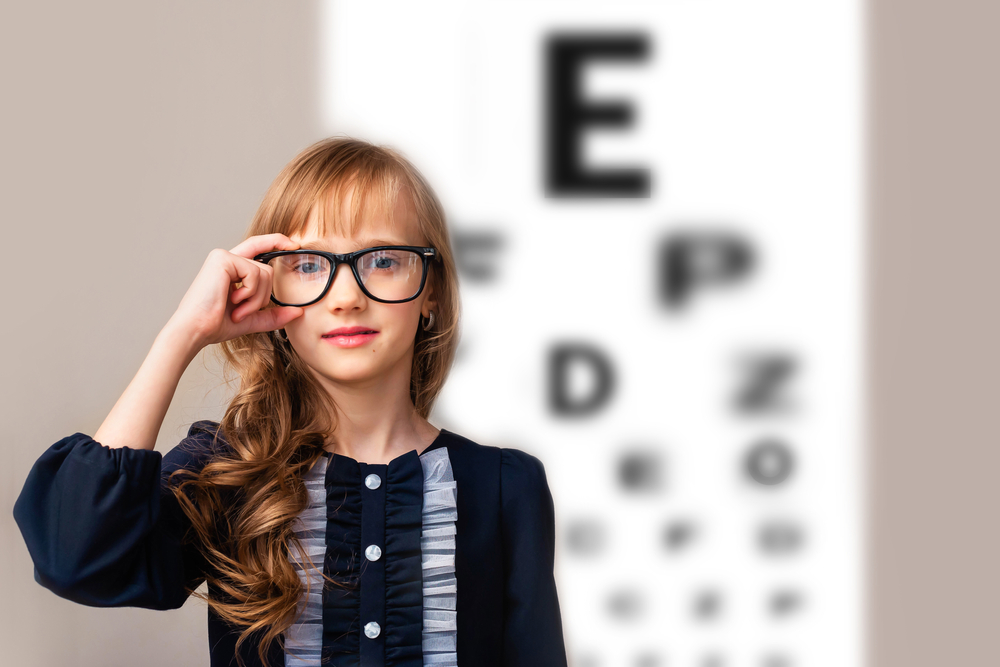
The American Academy of Ophthalmology suggests that everyone should have a comprehensive eye exam. This type of eye health assessment can determine if you have specific eye problems that need early treatment. Understanding what to expect during your comprehensive eye exam can help you prepare for your appointment. Here are the details.
Before the Exam
Your eye doctor will ask you about your medical and family histories. You must be truthful about your medications, diagnoses, and supplements. Your eye doctor will explain the tests as they begin. The comprehensive eye exam can help your eye doctor look for eye health concerns, such as the following:
Changes in vision, such as macular degeneration or cataracts
Refractive errors, such as hyperopia or astigmatism
Cancer or tumors in the eye
Problems in the muscles that support the eyes, such as lazy eye
There will also be a check for disorders or diseases that are not eye-related. Some changes in the eyes can be a direct sign of many conditions. Diabetic retinopathy from diabetes may occur. Autoimmune diseases like MS (multiple sclerosis), as well as arterial diseases, may also occur.
Automatic Refraction
Your eye doctor will use an autorefractor during this exam. This will measure the visual acuity of people who have difficulty communicating, as well as young children. The autorefractor will shine a light into your eye. This test lets your eye doctor find the most suitable prescription lenses for your vision correction.
Visual Field Test
This test is for your peripheral vision. Your eye doctor will hold up an object or a finger that moves from one side of the face to the other. You will follow the object or finger with your eyes. Do not move your head. This will tell your eye doctor about your range of vision.
Visual Acuity Test
A Snellen chart will provide you with the letters to read. You will cover one eye at a time while looking through a phoropter. This device has many lenses that can help make images clearer. This test will help your eye doctor find the right prescription lenses for your refraction problem.
Corneal Topography Test
Your computer will create a map of your cornea. You will need to look at an object and then the computer will take measurements of your cornea. This test will show signs of astigmatism or curved cornea. Eye doctors use this test before specific eye surgeries and contact lens fittings.
Ophthalmoscopy Test
Your eye doctor will use eyedrops to dilate or enlarge your pupils. The dilation will take 15 to 20 minutes. Your eye doctor will then shine a light in your eye using a handheld instrument. Examining your optic nerve, cornea, blood vessels, and lens will be easier this way.
Color Vision Test
This test will check for color deficiency or color blindness. There will be images with colored dots. There are numbers hidden in the dots with different colors. If you have a color deficiency, you can’t see the numbers.
Knowing what to expect during your comprehensive eye exam can help you prepare for your next appointment. At the Eye Center, we help our patients achieve better eye health through our quality products and services. Feel free to visit our center in Brookings, Oregon, for an in-person consultation. You can also call us at 541-469-6923 if you want to set an appointment or inquire about our comprehensive eye exam packages.







